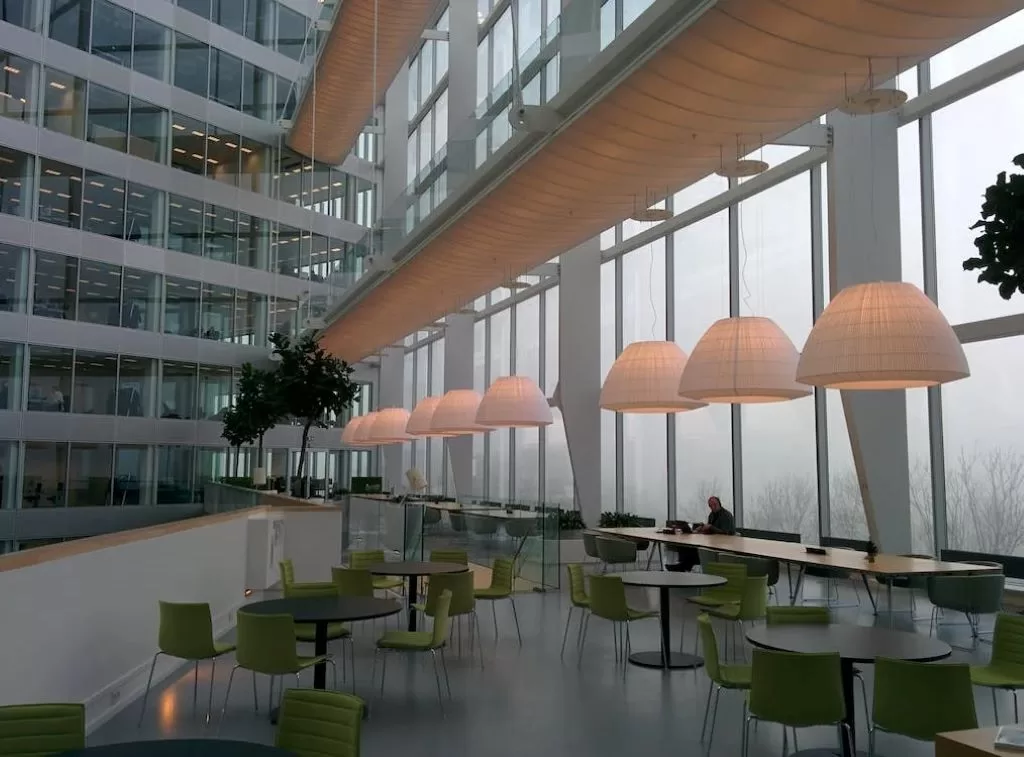Facilities Management 2.0 – Reimagining integrated solutions for the facilities management industry
19 October 2023 – Globally, workspaces are constantly evolving from hybrid workplaces where employees use both their offices and homes to carry out their work in, to an increasingly digitally driven environment, to a growing requirement for sustainable and resilient facilities.

It’s no different in South Africa, where the facilities management market is estimated by Mordor Intelligence to be worth around R198 billion. A number of trends are expected to have a significant impact on the industry, including an increasing demand for outsourced facilities management; shorter term contracts; and an oversupply of office space. However, this needs to be measured against rapid urbanisation and the opportunities for businesses to grow as the economy slowly starts to emerge from the doldrums.

Most importantly, post Covid-19, the industry has seen significant adoption of specialised services due to the rapid embrace of the digital environment. “The rise of remote or hybrid work has influenced facilities management,” says Sipelele Mnyani, managing director of Integrated Solutions at Servest, “and this has led to a re-evaluation of the workspace, with an emphasis on flexible and adaptable work environments.”

Facility management involves maintaining what is often a business’s most valuable assets – its property, equipment, and staff, providing services for the effective running of a professional workspace, and ensuring a safe, clean, conducive, and sustainable environment.
Much has been said about Facilities Management 2.0, with a particular focus on technology and digitalisation. “In the last 10 years there has been a shift towards integrating technology across operations,” says Mnyani. “We are now seeing a move towards consolidation in the facilities management offering, compared to the previous approach where companies had a service provider for every facilities management requirement, from plumbing, landscaping to electricals and general upkeep. Facilities management has evolved, incorporating building management systems, The Internet of Things devices, and predictive analytics to monitor and control building systems remotely and more efficiently.”

According to Mnyani, thanks to predictive maintenance, clients are realising more savings on costs, and improved energy efficiencies, following a more seamless process.
“The Covid 19 pandemic saw the industry accelerate the adoption of technology, including remote monitoring and controls systems and data-driven decision making,” Mnyani says. “The industry is increasingly analysing data to make the most of existing workspaces and to identify the specific equipment required for maintenance management.”
A competitive edge
With competition in the industry on the increase, buildings with integrated smart technologies are becoming more attractive to tenants and investors. For example, the integration of building management systems and computerised maintenance management systems allows for Servest to gather data and predict maintenance needs. “This proactive approach reduces downtime, extends equipment lifespan, and ensures optimal building performance.”
“Energy saving is not only beneficial for businesses but also essential for the environment, making it a crucial imperative,” Mnyani highlights. “With a growing demand for sustainability and environmental responsibility, facilities management should offer environmentally ethical solutions for clients.”
Estimates suggest that well-implemented energy management strategies can result in energy cost reductions ranging from 10% to 25%, while integrated facilities management solutions, including predictive maintenance capabilities, can reduce maintenance costs by 12% to 31% through preventing breakdowns and extending equipment lifespan.
“At Servest, we’ve seen that predictive maintenance can improve resource allocation and streamline processes to result in cost savings ranging from 5% to 20%,” says Mnyani.
“We are seeing a trend where many of the older buildings are now having to be retrofitted with energy-efficient technologies and the implementation of smart building management systems that will allow for the optimisation of energy consumption. This, in turn, lowers energy bills and contributes to sustainability goals,”
Smart building management systems, for example, will process occupancy data on whether a particular room is being used and then adjust the temperature and lighting for comfort and productivity accordingly. Furthermore, companies are now adopting circular economy principles to minimise waste generation, implementing recycling, and limiting single-use plastic.
“Not only that, but there has been a greater demand for putting the well-being of staff members at the forefront. The pandemic has emphasised the importance of health and wellness,” Mnyani says. “Stringent and enhanced cleaning protocols are now the new norm, with touchless technologies and improved ventilation systems central to office operations.”
It is imperative that we stay up to date with evolving regulations related to sustainability, safety, and accessibility,” says Mnyani. “Facilities management companies are increasingly investing in systems that ensure they meet all regulatory requirements – making it easier for clients, to in turn, meet such regulatory requirements.”





























